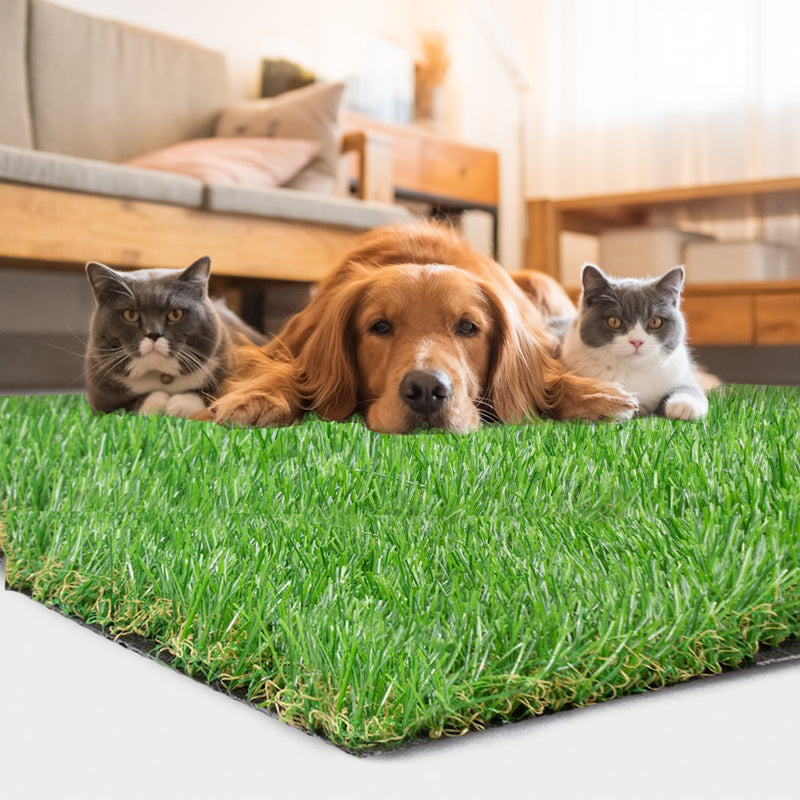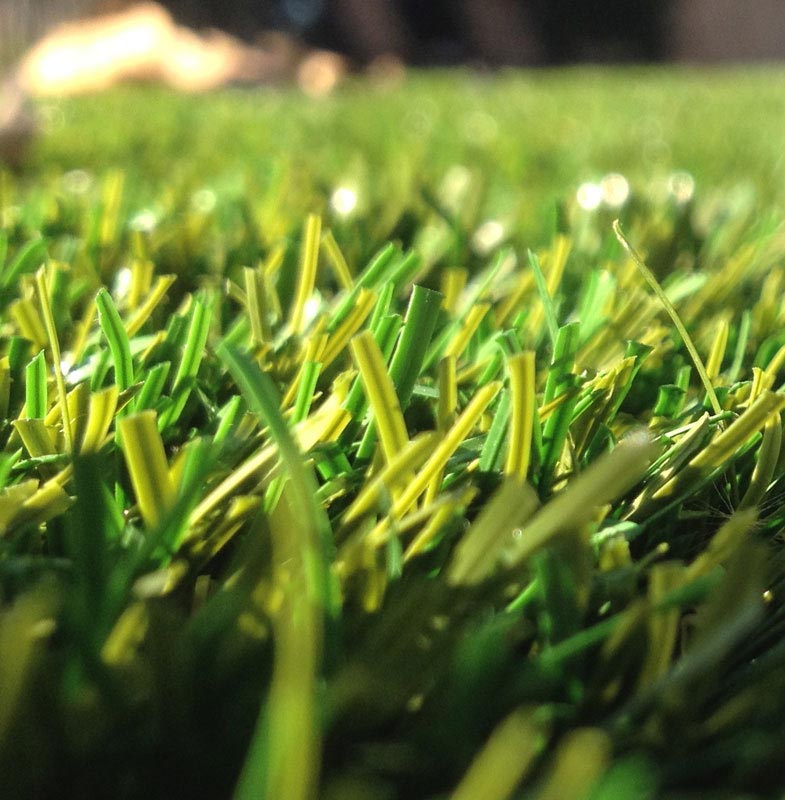Delve Into the Environmental Perks of Opting for Artificial Lawn Solutions
The adoption of artificial lawn solutions provides a compelling chance to attend to pressing environmental difficulties. By considerably minimizing water usage and reducing the application of dangerous chemicals, these alternatives not only promote sustainable landscape design however additionally safeguard neighborhood environments.
Water Preservation Conveniences
One of the most considerable benefits of fabricated turf is its ability to save water. In comparison, artificial turf does not require watering, significantly reducing the general demand for water sources.
By eliminating the demand for regular watering, man-made lawn adds to sustainable landscape practices and helps minimize the environmental effect of excessive water consumption. In addition, the conservation of water reaches the decrease of drainage, which can result in dirt erosion and waterway contamination.
Additionally, the installation of fabricated lawn allows communities and property owners to allocate water sources extra effectively, focusing on important uses such as drinking water and farming. The shift towards synthetic grass not just promotes responsible water usage however additionally straightens with wider environmental objectives focused on maintaining natural deposits.
As neighborhoods progressively prioritize sustainability, the water conservation benefits of synthetic grass present a compelling case for its fostering in property and commercial landscape design jobs.
Reduced Chemical Usage
The shift to synthetic grass substantially lowers the reliance on chemical therapies generally used in all-natural lawn maintenance. Standard lawn management typically entails the application of chemicals, herbicides, and plant foods to advertise growth and control parasites. These chemicals can present risks to human health and wellness, local wild animals, and the atmosphere, adding to dirt and water contamination.
On the other hand, synthetic grass removes the requirement for these dangerous compounds. Once installed, it calls for minimal maintenance, largely consisting of routine cleansing and irregular infill replenishment. This reduction in chemical use not just benefits the immediate atmosphere however additionally adds to broader ecological stability. By minimizing the launch of artificial substances right into the ecosystem, synthetic grass promotes much healthier dirt and water supply.
Moreover, the lack of chemical drainage connected with synthetic grass installations aids protect regional rivers from pollution, sustaining marine life and preserving biodiversity. Turf installation phoenix az. As communities increasingly prioritize lasting techniques, going with artificial turf offers a feasible option that straightens with ecological conservation objectives. Through this shift, homeowner can delight in lush eco-friendly areas without compromising ecological health and wellness, paving the method for a much more lasting future
Reduced Carbon Footprint

Furthermore, the setup of synthetic turf can cause significant water preservation. All-natural yards need considerable quantities of water for watering, which not just includes to the carbon footprint connected with water extraction and treatment yet also strains neighborhood water resources. On the other hand, synthetic grass requires marginal maintenance, calling for no watering, thereby dramatically minimizing water usage and its associated energy expenses.
In addition, the durability of synthetic grass adds to its lower carbon influence. With a lifespan of up to 15 years or even more, the need for regular substitutes is diminished, resulting in much less waste and lower energy consumption in manufacturing and getting rid you could look here of typical grass alternatives. Overall, fabricated lawn provides a sustainable alternative for ecologically aware landscaping.
Habitat Preservation
Habitat conservation is an essential consideration in the dispute over landscape design selections, especially when contrasting synthetic grass to all-natural grass. Natural grass yards often need comprehensive upkeep, consisting of using fertilizers, herbicides, and chemicals, which can detrimentally affect neighborhood environments. These chemicals can seep into the soil and waterways, harming native flora and animals and disrupting regional environments.
In contrast, synthetic grass offers a chance to lower the ecological footprint of landscaping. By choosing for artificial lawn, house owners can lessen the disturbance of natural environments related to standard yard treatment techniques. Synthetic grass gets rid of the demand for damaging chemicals, thus safeguarding nearby wildlife and keeping the integrity of surrounding ecosystems. Moreover, the installment of synthetic grass can bring about the conversion of previous yard areas into even more biodiverse landscapes, such as pollinator yards or native plant areas, which can sustain regional wild animals.
Inevitably, the transition to synthetic grass not just preserves water and decreases maintenance initiatives yet additionally promotes a more harmonious relationship in between human activities and the all-natural atmosphere, advertising environment conservation at the same time.
Long-Term Sustainability
Long-lasting sustainability is a critical element in examining the benefits of synthetic grass over conventional lawn yards. Among the most substantial advantages of synthetic grass is its longevity; it can last as much as 15-20 years with very little upkeep, whereas all-natural lawn calls for frequent reseeding and substitute. This durability minimizes the requirement for constant resources, such as water, fertilizers, and chemicals, which are important for keeping a healthy grass lawn.
In addition, synthetic grass adds to a decrease in carbon discharges connected with grass treatment devices. Conventional yards usually need gas-powered mowers, trimmers, and blowers, every one of which add to air pollution. Artificial turf companies phoenix. On the other hand, man-made grass gets site link rid of the demand for informative post such tools, promoting a cleaner environment
Moreover, the production of man-made grass increasingly makes use of recycled materials, boosting its sustainability account. As suppliers take on green methods, the environmental impact of synthetic grass proceeds to decrease.

Conclusion
The adoption of synthetic grass options presents significant ecological advantages, consisting of significant water preservation, decreased reliance on damaging chemicals, and a lower carbon impact. Furthermore, synthetic grass aids in maintaining natural habitats by reducing land disruption and advertising long-lasting sustainability via using resilient products. Jointly, these aspects underscore the possibility of synthetic grass to add positively to ecological health and offer a sensible choice to conventional landscape design techniques in a progressively resource-conscious world.
In comparison, synthetic grass does not require watering, significantly decreasing the overall demand for water sources. By decreasing the launch of artificial compounds right into the environment, artificial lawn promotes much healthier soil and water systems.
In addition, the installment of synthetic grass can result in substantial water preservation. In comparison, fabricated lawn needs marginal maintenance, calling for no watering, consequently significantly reducing water usage and its connected power costs.
